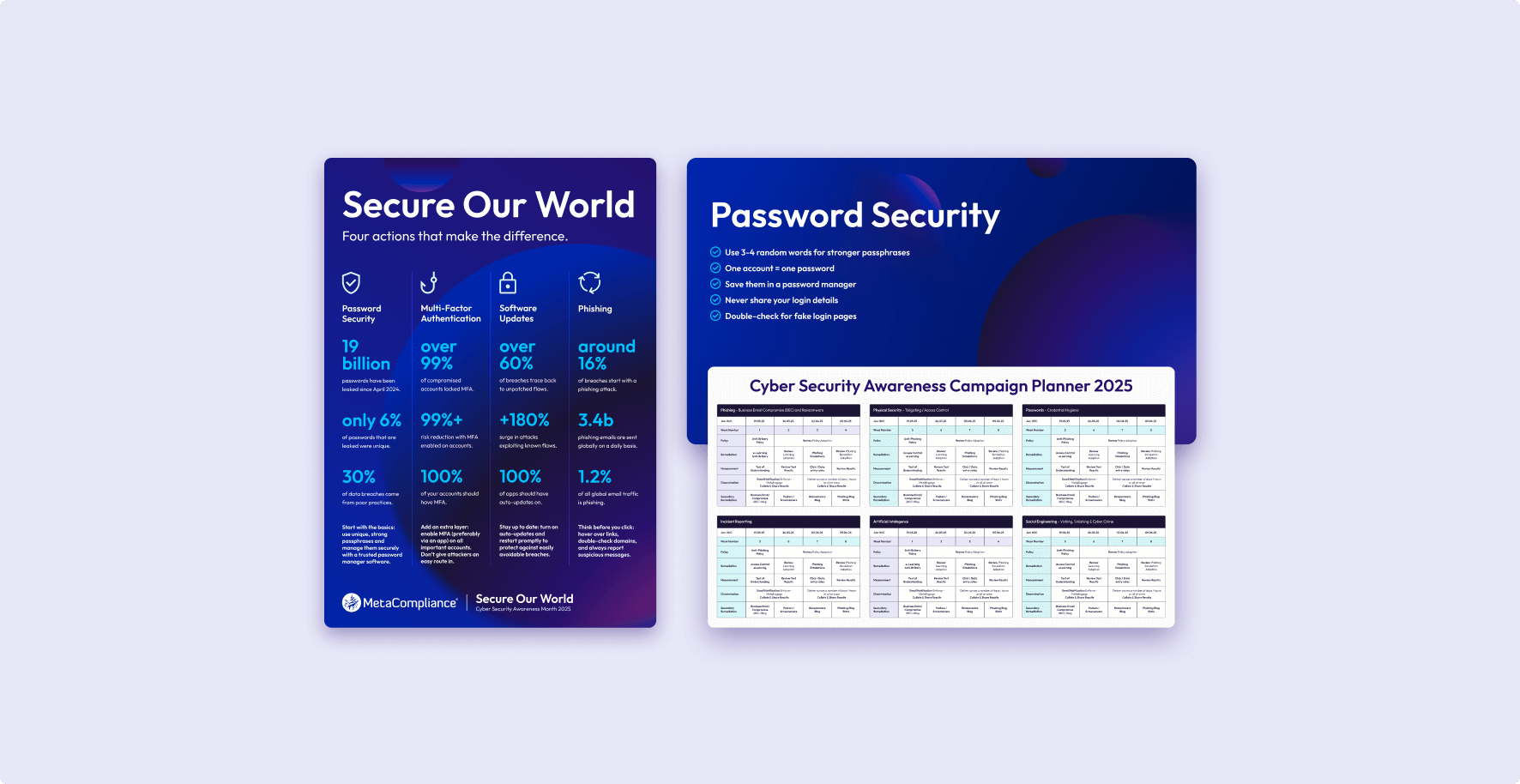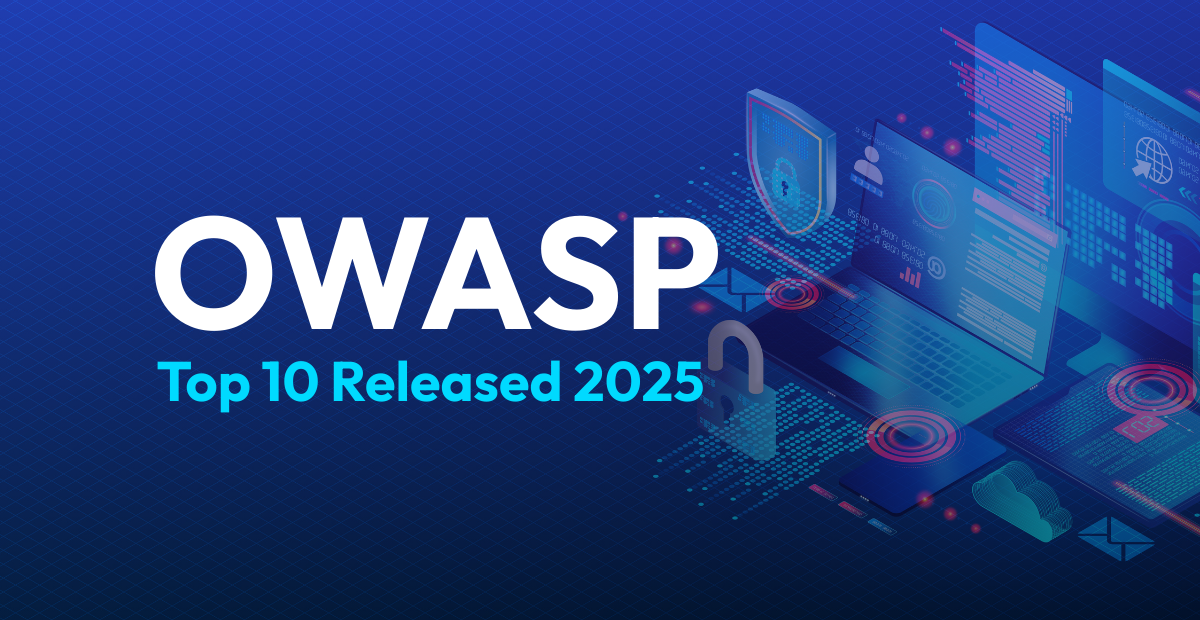Insights & Resources
Discover expert insights, real-world results, and ready-to-use resources that make it easier to protect people, safeguard data and stay compliant.
Holiday Risk Report: Why Cybercrime Spikes in December and What Business Leaders Must Do 
Cyber Security Awareness
Holiday Risk Report: Why Cybercrime Spikes in December and What Business Leaders Must Do
Read more
AI Phishing and Impersonation: The New Era of Business Email Compromise 
Phishing and Ransomware
AI Phishing and Impersonation: The New Era of Business Email Compromise
Read more
Inside the Hacker’s Mind: Understanding Insider Threats in Cyber Security 
Cyber Security Awareness
Inside the Hacker’s Mind: Understanding Insider Threats in Cyber Security
Read more
Managing Human Risk in a Connected World: Defending Against Supply Chain Attacks 
Our BlogHuman Risk Management
Managing Human Risk in a Connected World: Defending Against Supply Chain Attacks
Read more
Your Next Step in Cyber Security Awareness
Resources are just the beginning. Partner with MetaCompliance to deliver personalised training that drives compliance, changes behaviour, and reduces risk.












